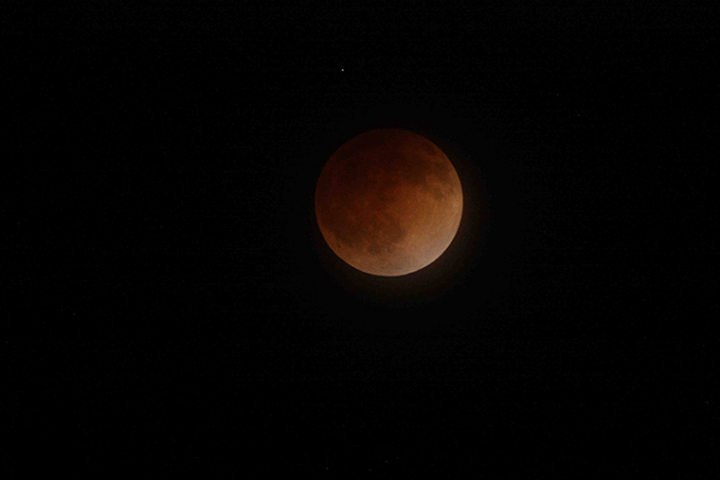Research team identifies 138 previously unknown space rocks as small as 10 meters in the main asteroid belt.
An international research team led by MIT physicists has identified the smallest asteroids ever observed in the main asteroid belt between Mars and Jupiter. The discovery includes 138 new “decameter” asteroids, ranging from bus-sized (10 meters) to stadium-sized objects.
The detection represents a change from previous observations, which could only identify asteroids approximately one kilometer in diameter. Using data from NASA’s James Webb Space Telescope (JWST), the team processed over 10,000 images originally captured for studying the TRAPPIST-1 planetary system.
“We have been able to detect near-Earth objects down to 10 meters in size when they are really close to Earth,” states Artem Burdanov, lead author and research scientist at MIT’s Department of Earth, Atmospheric and Planetary Sciences. “We now have a way of spotting these small asteroids when they are much farther away, so we can do more precise orbital tracking, which is key for planetary defense.”
The researchers employed a “shift and stack” image processing technique, utilizing state-of-the-art graphics processing units to analyze vast amounts of data efficiently. JWST’s infrared capabilities proved essential, as main belt asteroids appear brighter at infrared wavelengths compared to visible light.
More Stories
The decameter asteroids can strike Earth every few years. The 1908 Tunguska event and the 2013 Chelyabinsk meteor demonstrate the effects of such impacts.
“Statistics of these decameter main belt asteroids are critical for modelling,” explains Miroslav Broz from Prague Charles University. “This is the debris ejected during collisions of bigger, kilometers-sized asteroids, which are observable and often exhibit similar orbits about the Sun.”
The study, published in Nature, received funding from the Heising-Simons Foundation, Czech Science Foundation, and NVIDIA Academic Hardware Grant Program. The findings contribute to understanding asteroid detection methods.


















